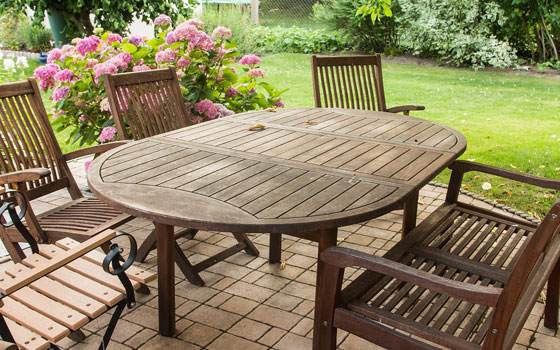Crocus: An Early Bloomer
Posted on April 2, 2016 at 3:15 pm
Crocus is a genus of flowering plants that belong to the iris family. This family contains about 90 species of perennial plants that arise from corms. Crocus flower bulbs signal the arrival of spring and they lead the blooming parade of flowers in early spring. They can be planted in the lawn and allowed to naturalize anywhere. Known for their bright colours, crocus plants are small in size and inexpensive. They can last a lifetime if they’re properly taken care of.
TYPES OF CROCUSES:
They are generally of 2 types:
1. Species Crocus: Also known as “Wild” crocus or “Snow” crocus, they are the earliest to bloom and come in a wide range of colours.
2. Dutch Crocus- These crocuses are a hybrid of a species called C. versus. They are the most common crocuses and have large flowers.
CROCUS CORMS:
Crocus bulbs are technically corms. They have a definite top and bottom end. When cut open, they are solid on the inside- like a potato. They have a paper-like outer covering called a tunic.
When the crocus corms are planted in autumn, they get completely used up in the process of growing and flowering in the following spring. They tend to simply dissolve and fade away. But, right before the plant undergoes dormancy, it produces a new corm. Sometimes, each crocus will end up making multiple corms.
PLANTING CROCUSES:
Climate:
Crocuses blossom well in moderate to cold winter conditions ( climate zones 3-7). They fail to thrive in hot climatic conditions.
Season:
The best time to plant crocuses is early in autumn.
Location:
Crocuses prefer to grow under the sun, so they must b planted in the open rather than in the shade.
Soil Conditions:
Crocuses grow well in sandy or gritty soils that are well drained. A herb garden or a rock garden would be a great location for planting crocuses along with other small perennial plants- like creeping phlox or mat- forming thymes. They grow fairly with ground-hugging plants. This set up makes the herb garden or the rock garden look beautiful while preventing the Crocus flowers from getting splashed with mud/ soil in rainy conditions.
Crocuses can also be conveniently planted in the lawns. But, 2 things must be kept in mind while doing so:
– Do not cutting the grass in the lawn until the crocus leaves turn yellow and disappear.
– Weed killers are harmful for crocuses, especially when they are applied while the crocus leaves are still green and growing actively.
STEPS FOR PLANTING:
The following steps must be followed in order to plant crocus bulbs:
– Loosen the soil at the location of your choice by digging it.
– Add some fine gravel or coarse sand to the soil in order to improve its drainage.
– Add a 5-10-5 fertilizer to the soil (contains 5% nitrogen, 10% phosphate and 5% potash)
– The crocuses must be set 5 inches deep into the soil. Set them deeper if your soil is sandy.
The bottom of the crocus corm is flattened. While planting the crocus, it is not necessary to worry about which side is up, since crocuses have contractile roots which adjust their position downward on their own- if need be.
Posted in Gardening
